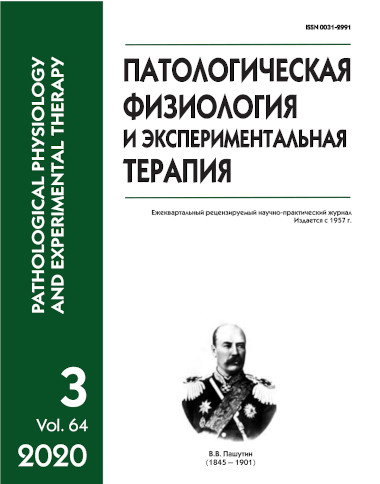The mTOR kinase and its associated proteins in skin cells isolated during abdominoplasty in patients with normal body weight and obesity
Abstract
Aim. To measure expression of kinase mTOR-associated proteins (mTOR, Raptor, Rictor, 4E-BP1 p70-S6K1, AKT) in skin cells isolated from patients with normal body weight and obesity after abdominoplasty. The importance of this study was in determining the role of mTOR kinase signaling pathways in the pathogenesis of obesity and obesity-associated complications after abdominal surgery. Methods. Skin cells were isolated from surgical material by enzymic treatment, restored in a complete medium, and then stained with monoclonal antibodies to receptors and intracellular proteins. The fluorescence intensity was analyzed with a flow cytometer. Results. Expression of proteins associated with mTOR kinase signaling pathways was compared in isolated skin cells from patients with obesity and normal body weight. Increased mTOR protein expression was found to be associated with obesity. The first mTORC1 complex primarily contributed to the activation of skin cells from obese patients after abdominoplasty. Activities of mTOR second messengers, 4E-BP1 kinase and ribosomal kinase p70-S6K1, which transmit signals to ribosomes for protein synthesis, were elevated in skin fibroblasts and keratinocytes of patients with obesity after abdominoplasty. Conclusion. Results of this study delineated features of the pathogenesis of obesity that may be related with postoperative complications of abdominoplasty typical for obese patients.






